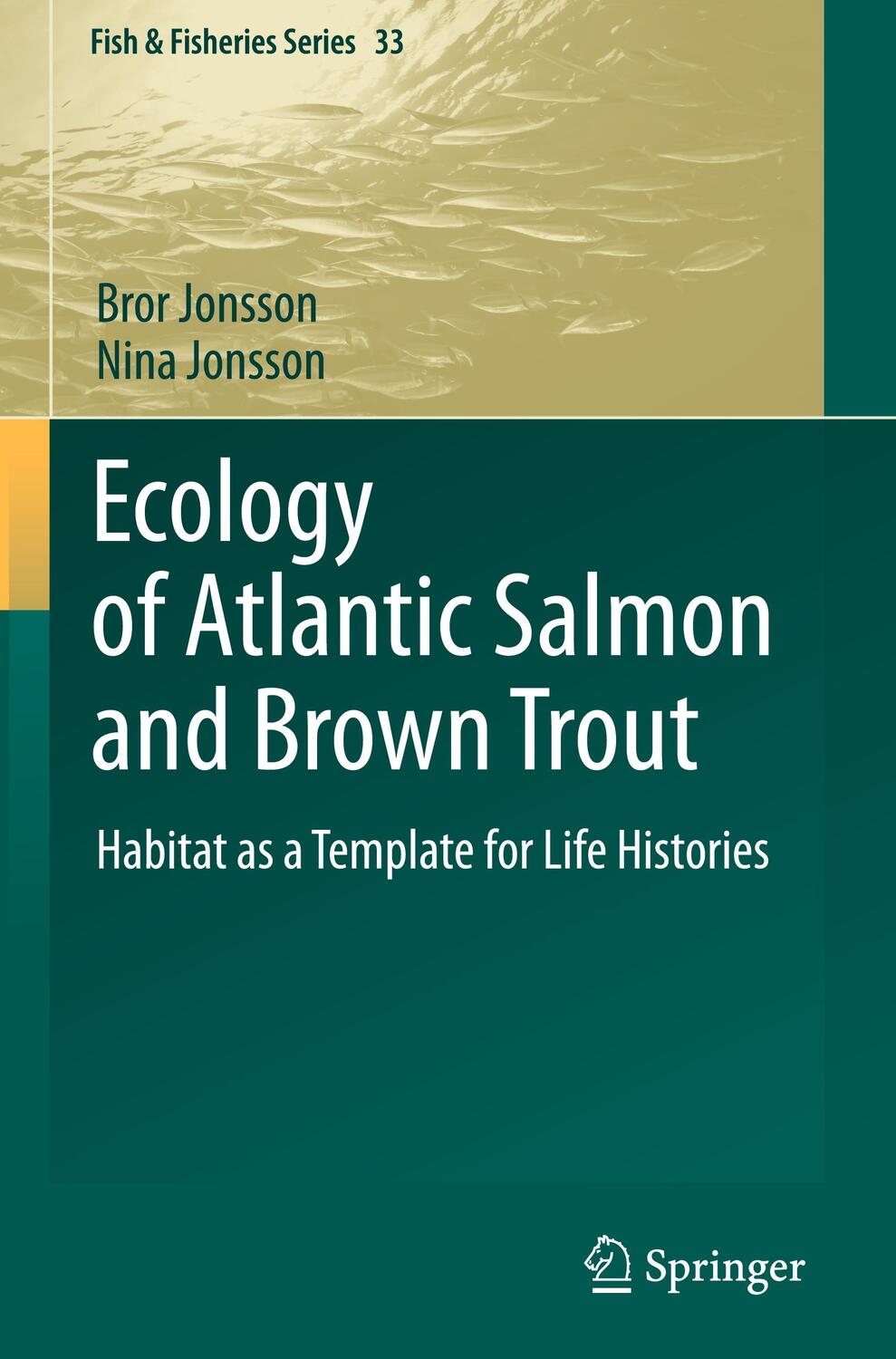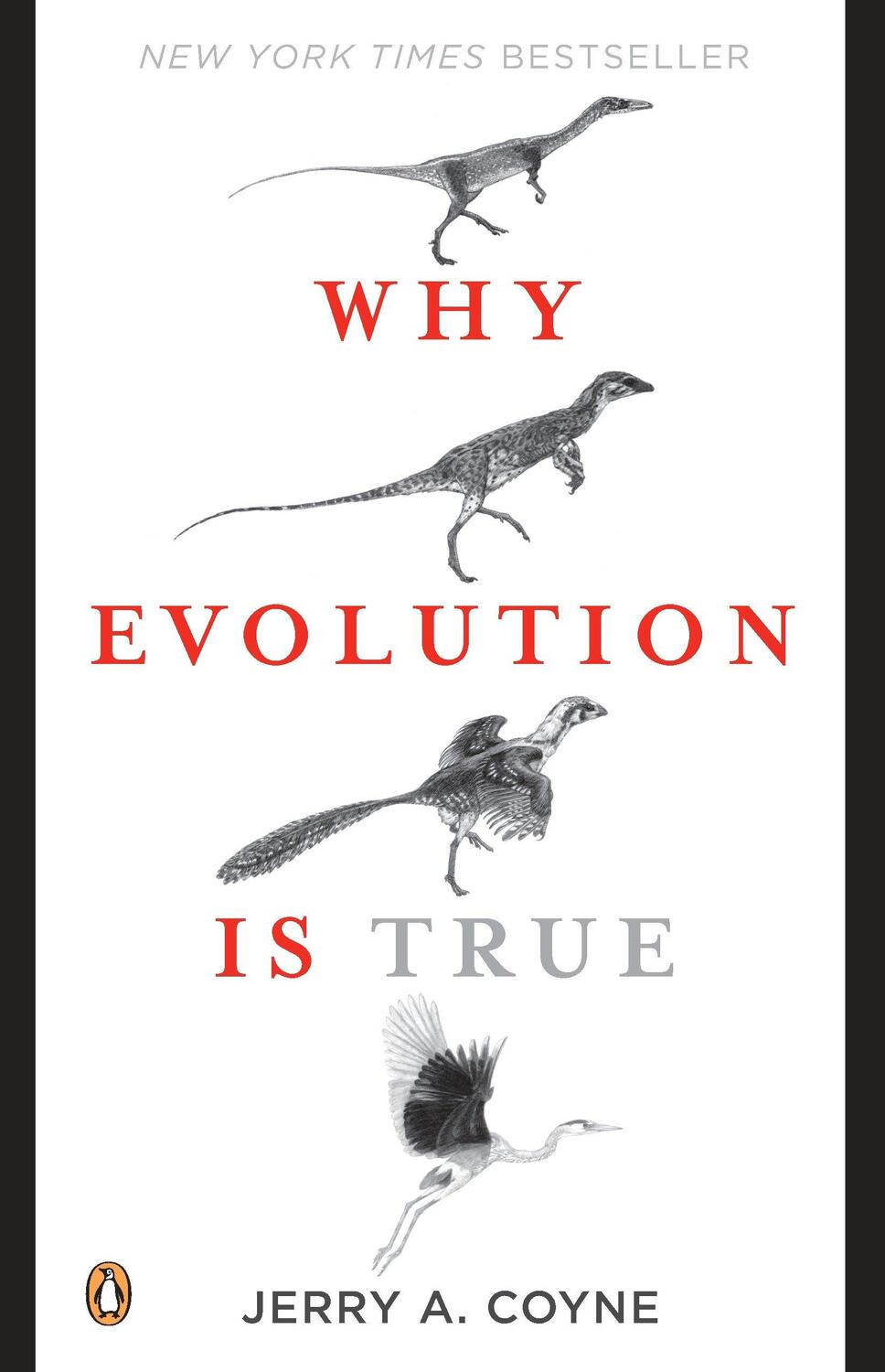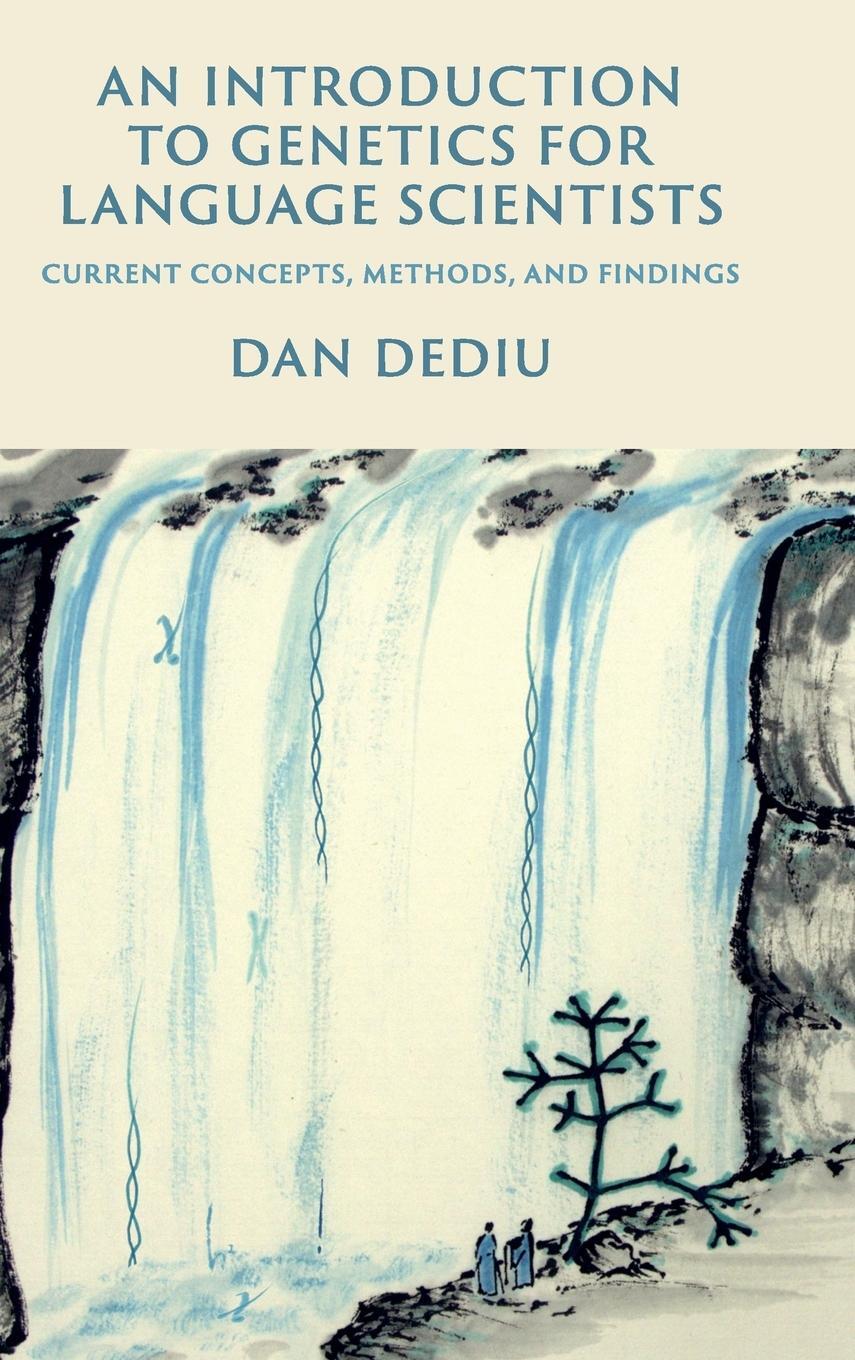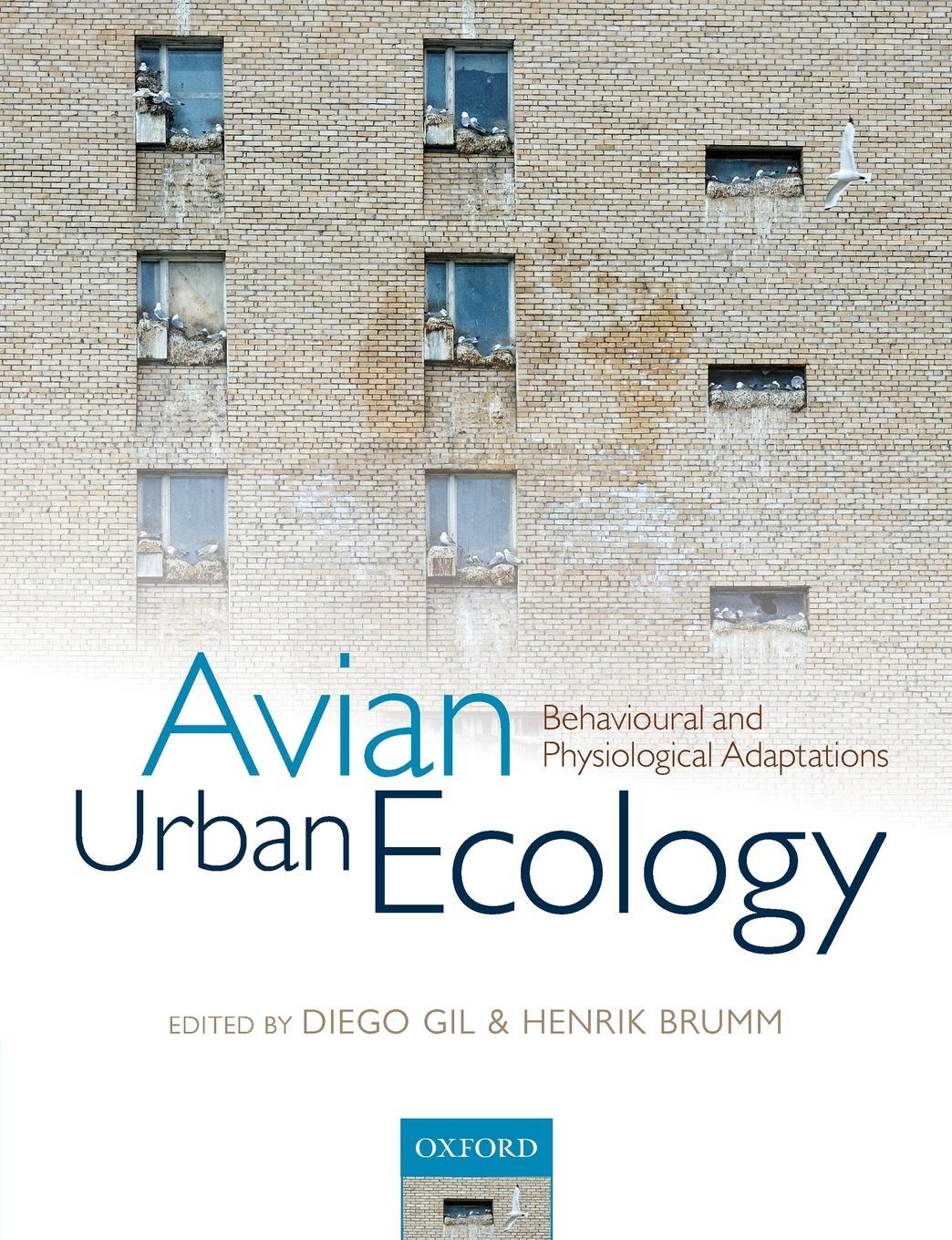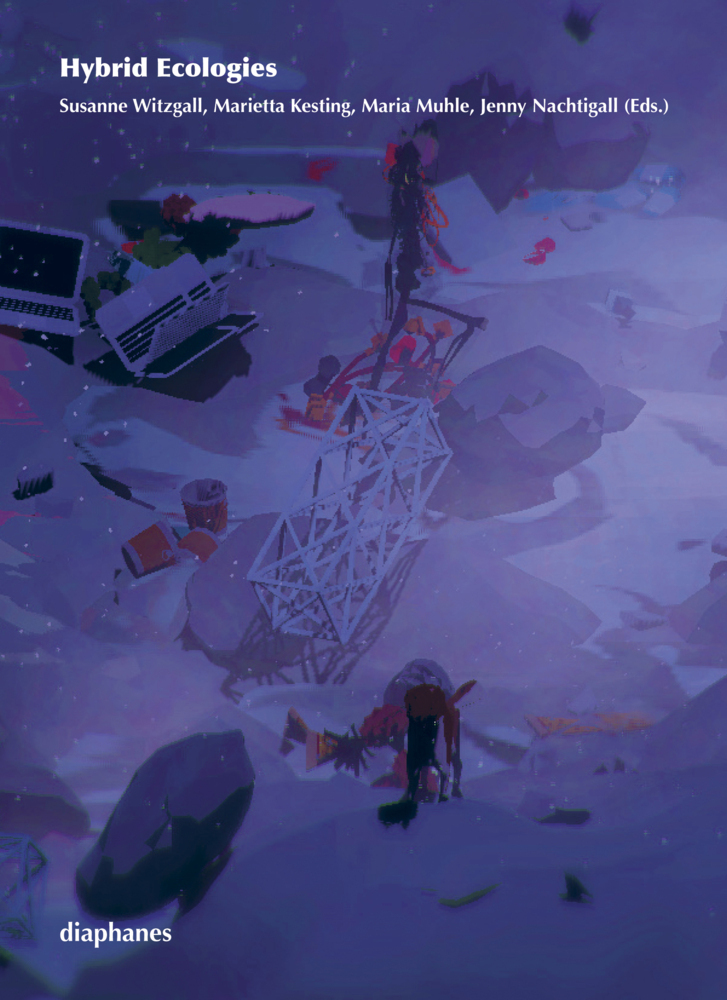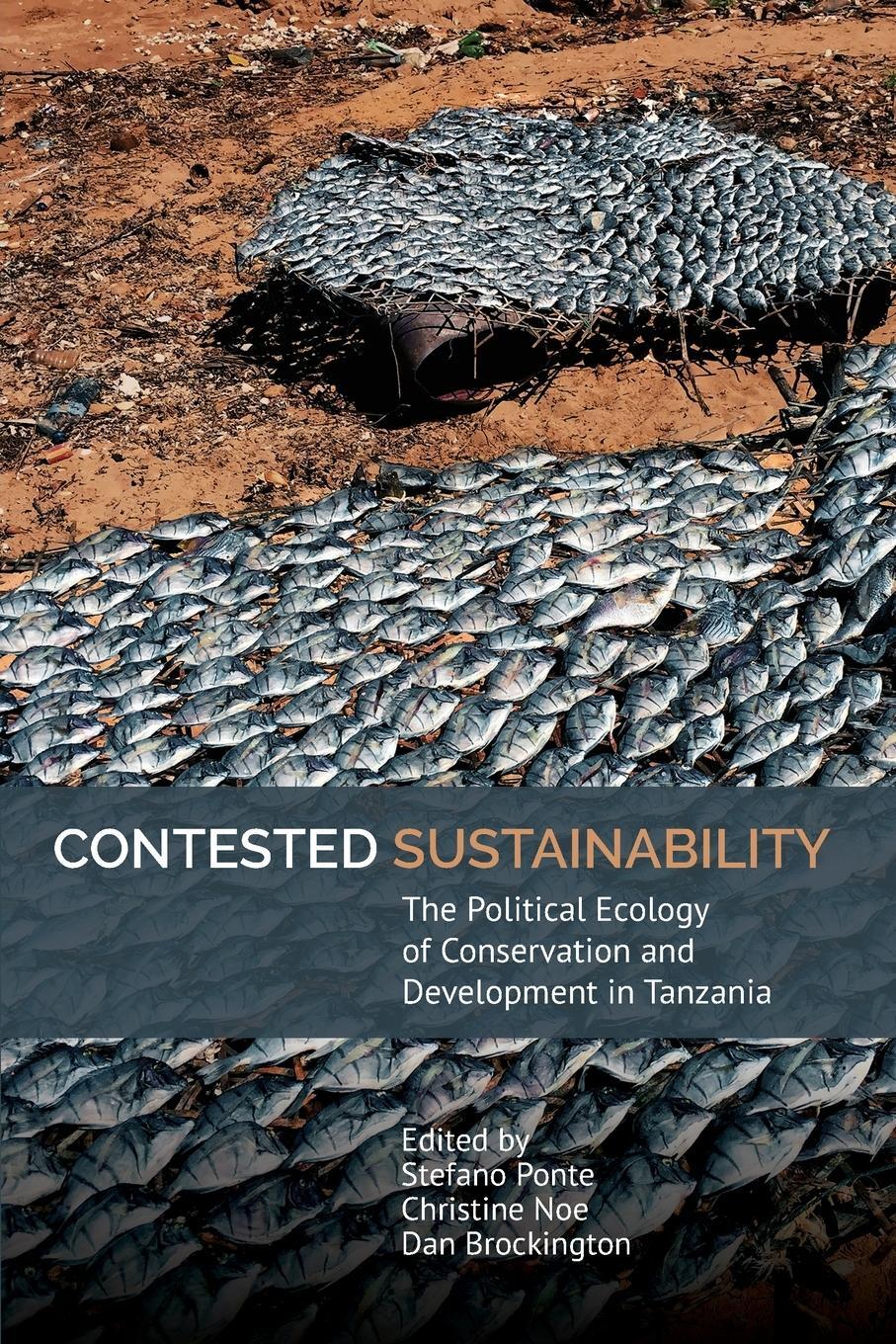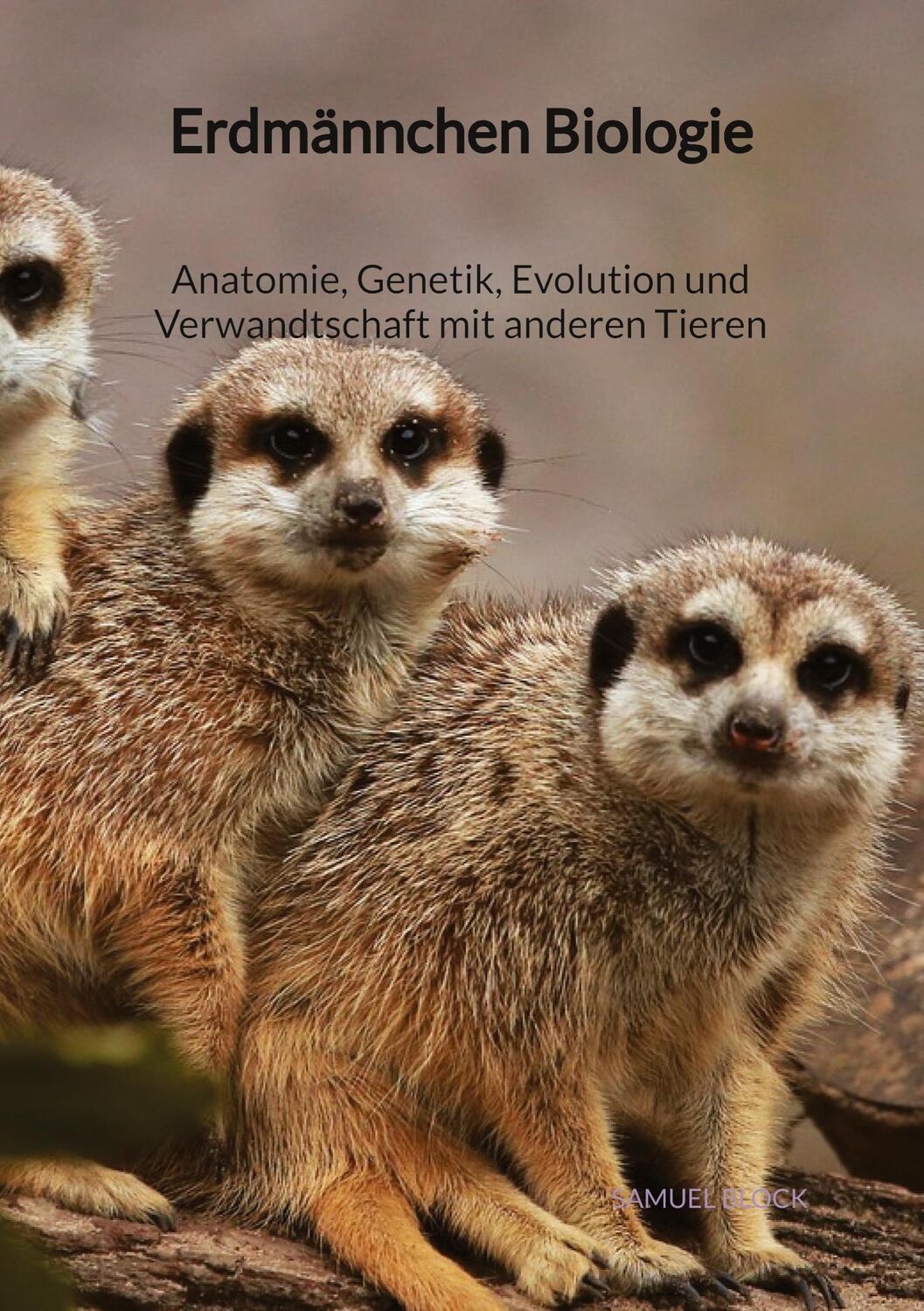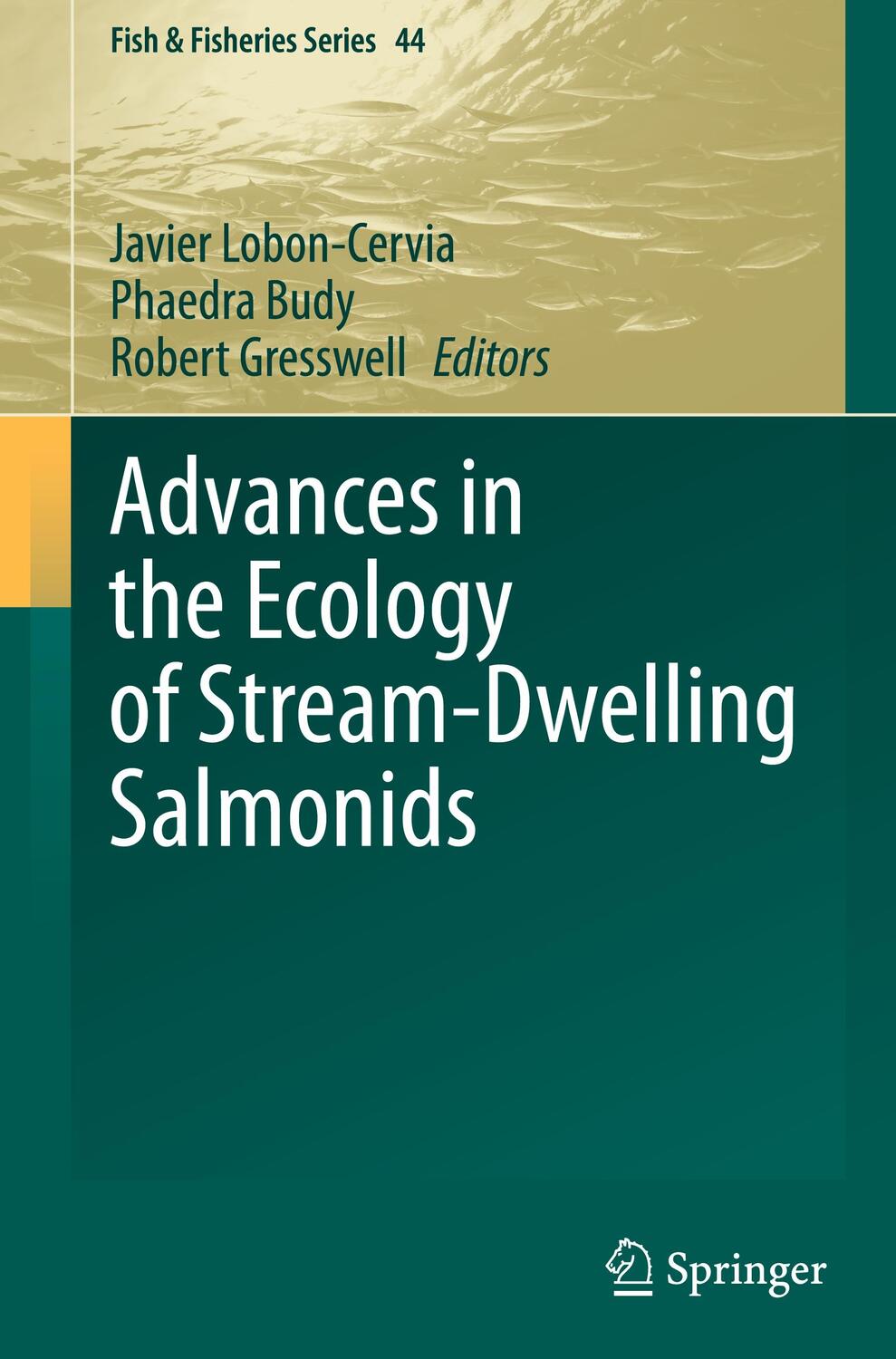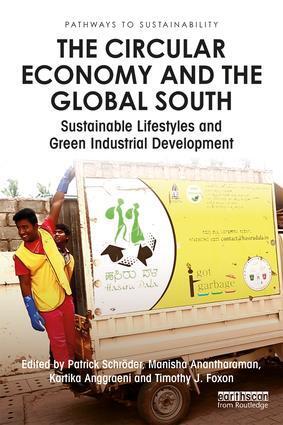355,95 €*
Versandkostenfrei per Post / DHL
Lieferzeit 2-3 Wochen
The abundance of wild Atlantic salmon populations has declined in recent years; climate change and escaped farmed salmon are major threats. The climate influences through changes in temperature and flow, while escaped farmed salmon do so through ecological competition, interbreeding and the spreading of contagious diseases. The authors pinpoint essential problems and offer suggestions as to how they can be reduced. In this context, population enhancement, habitat restoration and management are also discussed. The text closes with a presentation of what the authors viewas major scientific challenges in ecological research on these species.
The abundance of wild Atlantic salmon populations has declined in recent years; climate change and escaped farmed salmon are major threats. The climate influences through changes in temperature and flow, while escaped farmed salmon do so through ecological competition, interbreeding and the spreading of contagious diseases. The authors pinpoint essential problems and offer suggestions as to how they can be reduced. In this context, population enhancement, habitat restoration and management are also discussed. The text closes with a presentation of what the authors viewas major scientific challenges in ecological research on these species.
A modern reference to the ecology of Atlantic salmon and brown trout with intraspecific and interspecific comparisons
First synthesis of the close relationship between habitat and life histories of these species
Wide description of how salmonid populations are influenced by climate change and escape from salmon farms and how populations can be managed to reduce negative environmental impacts
Preface
Habitats as template for life histories
Species diversity
Habitat use
Development and Growth
Smolts and smolting
Migrations
Maturation and spawning
Recruitment, mortality and longevity
Climatic effects on Atlantic salmon and brown trout
Farmed Atlantic salmon in nature
Population enhancement and population restoration
General conclusions and research tasks
Glossary
Species Index
Author Index
Subject Index
| Erscheinungsjahr: | 2011 |
|---|---|
| Fachbereich: | Ökologie |
| Genre: | Biologie |
| Rubrik: | Naturwissenschaften & Technik |
| Medium: | Buch |
| Seiten: | 732 |
| Reihe: | Fish & Fisheries Series |
| Inhalt: |
xxii
708 S. |
| ISBN-13: | 9789400711884 |
| ISBN-10: | 9400711883 |
| Sprache: | Englisch |
| Herstellernummer: | 80035533 |
| Ausstattung / Beilage: | HC runder Rücken kaschiert |
| Einband: | Gebunden |
| Autor: |
Jonsson, Nina
Jonsson, Bror |
| Auflage: | 2011 |
| Hersteller: |
Springer Netherland
Springer Netherlands Fish & Fisheries Series |
| Maße: | 241 x 160 x 42 mm |
| Von/Mit: | Nina Jonsson (u. a.) |
| Erscheinungsdatum: | 06.05.2011 |
| Gewicht: | 1,383 kg |
A modern reference to the ecology of Atlantic salmon and brown trout with intraspecific and interspecific comparisons
First synthesis of the close relationship between habitat and life histories of these species
Wide description of how salmonid populations are influenced by climate change and escape from salmon farms and how populations can be managed to reduce negative environmental impacts
Preface
Habitats as template for life histories
Species diversity
Habitat use
Development and Growth
Smolts and smolting
Migrations
Maturation and spawning
Recruitment, mortality and longevity
Climatic effects on Atlantic salmon and brown trout
Farmed Atlantic salmon in nature
Population enhancement and population restoration
General conclusions and research tasks
Glossary
Species Index
Author Index
Subject Index
| Erscheinungsjahr: | 2011 |
|---|---|
| Fachbereich: | Ökologie |
| Genre: | Biologie |
| Rubrik: | Naturwissenschaften & Technik |
| Medium: | Buch |
| Seiten: | 732 |
| Reihe: | Fish & Fisheries Series |
| Inhalt: |
xxii
708 S. |
| ISBN-13: | 9789400711884 |
| ISBN-10: | 9400711883 |
| Sprache: | Englisch |
| Herstellernummer: | 80035533 |
| Ausstattung / Beilage: | HC runder Rücken kaschiert |
| Einband: | Gebunden |
| Autor: |
Jonsson, Nina
Jonsson, Bror |
| Auflage: | 2011 |
| Hersteller: |
Springer Netherland
Springer Netherlands Fish & Fisheries Series |
| Maße: | 241 x 160 x 42 mm |
| Von/Mit: | Nina Jonsson (u. a.) |
| Erscheinungsdatum: | 06.05.2011 |
| Gewicht: | 1,383 kg |

